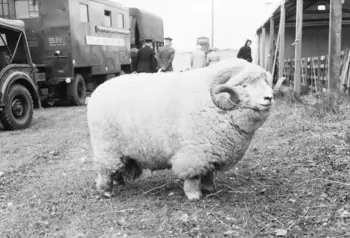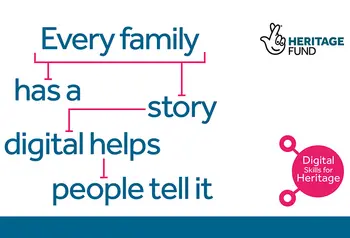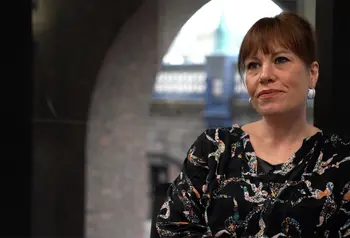How sharing photos can help promote your heritage site
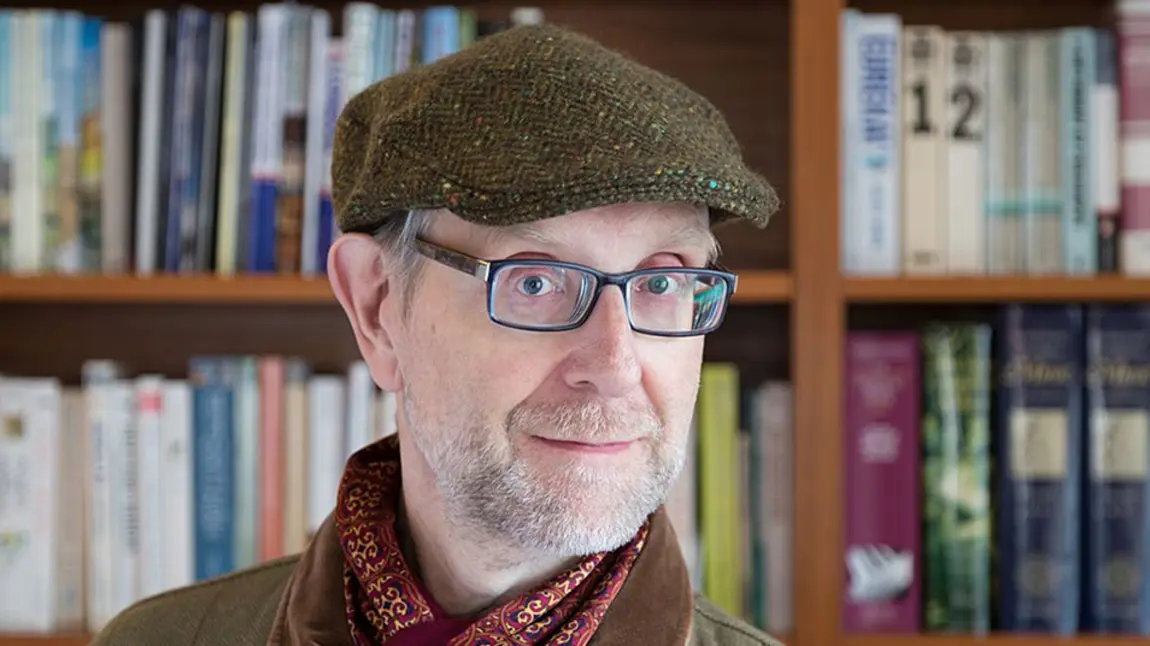
Wiki Loves Monuments is the world's largest photo contest. Each year, thousands of amateur and professional photographers submit images of listed buildings and scheduled monuments via the Wiki Loves Monuments UK competition.
"The competition is an easy and impactful way to share images of monuments and listed buildings around the world."
All of the entries are shared under open licence to Wikimedia Commons, a free media repository. Wikimedia Commons is the site which provides the majority of images that appear on Wikipedia – one of the world's most-visited websites, which averages more than 18billion page views per month.
The competition is an easy and impactful way to share images of monuments and listed buildings around the world.
It also makes it easy to find local monuments and buildings to photograph, with a map of monuments that can be explored locally.
Since 2011, there have been more than 1m entries to the global competition. Michael launched the UK version in 2013.
How did you get involved in Wiki Loves Monuments UK?
After I retired a few years ago, I came into it as a photographer taking pictures of buildings. I thought, what use are they on my hard drive, how does that help anybody, other than me? I started uploading a few pictures to Wikimedia Commons.
"I want to ensure that everybody has public free access to educational information about all sorts of subjects."
Wikimedia UK the charity had been wanting to launch a UK version of the contest and I volunteered. I think about access to photographs as part of a bigger project, of heritage and public information generally. I want to ensure that everybody has public free access to educational information about all sorts of subjects.
Can you tell us more about the competition?
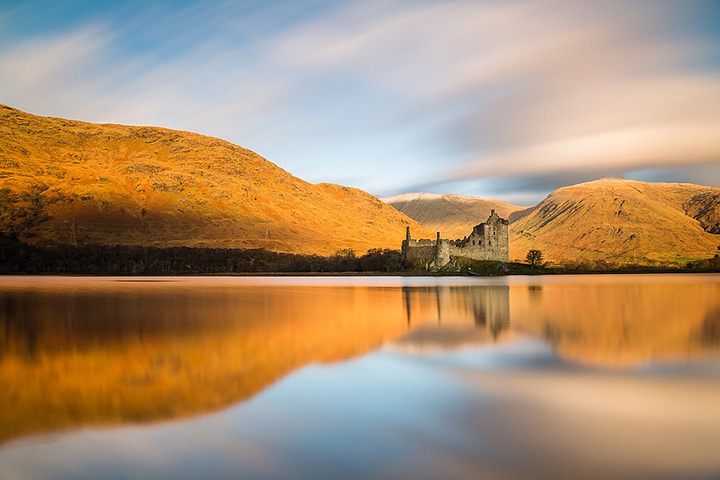
One of the purposes of this competition is to build up a database of openly licensed, free-to-use images. You can find loads of pictures of listed buildings or archaeological sites online – but the vast majority can’t be used because of copyright restrictions. The licences used on the images in Wikimedia Commons provide permission for their reuse, as long as they credit the author.
Last year worldwide there were 260,000 entries, and 10,000 of those came from the UK. These are from individuals who might take a quick snap of one or two local buildings as well as people who take photos of hundreds of sites.
The competition currently attracts lots of entries from England, Scotland and Wales. We would like to see more entries from Northern Ireland though. It helps if local people can whip up a bit of enthusiasm.
Volunteers review the images and there are several rounds of scoring. Around 200 entries go forward to our judges, all professional photographers, who select the top 10.
Do you have to be techy to get involved?
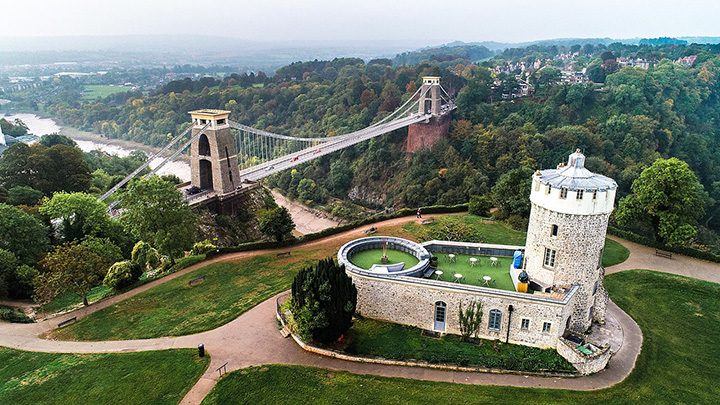
You only need a camera or a smartphone. We try and make it as easy as possible.
We want to get people involved in recording and sharing heritage. So we’re interested in pictures which aren’t necessarily the greatest photo ever – we’d still like it because it may be the only picture that exists of a particular site.
How can it benefit heritage sites to release photos under a free licence?
Wikipedia is often the very first site that people come across when they search for something online. If it’s got a picture that will pop up on the Google search result.
If you put a photograph on even the smallest Wikipedia article, it immediately attracts a lot more interest. Gradually people improve the articles, and write and approve more. It really disseminates knowledge of heritage. There are almost 300 Wikipedias in different languages, including a very active Welsh Wikipedia. These images can be used right across all these other Wikipedia sites.
"These photographs may be the only historic records of what something was like in 2020."
We’re building up a big collection of records of built heritage and already some of these buildings have burned down or they get destroyed by development. In some countries the buildings have been destroyed in wars.
The photographs may become the only publicly accessible historic records of what something was like in 2020.
Digital technology and sharing things online can help spread the word about your knowledge, expertise and enthusiasms more widely than you could in person. The more people know about something, the more people care about it.
What about sharing other information?
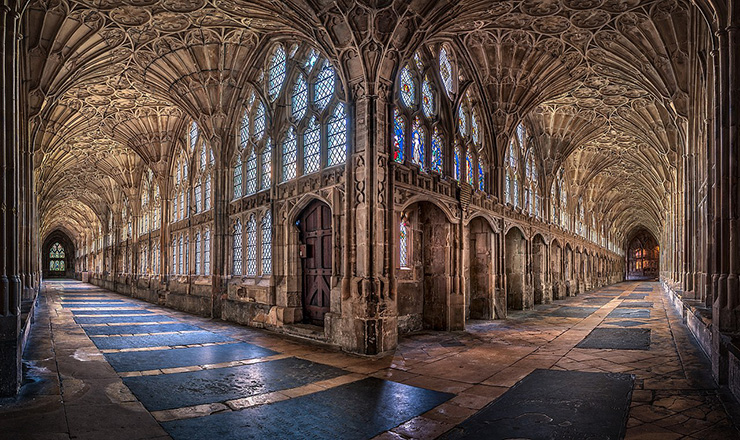
There’s a huge online database called Wikidata that is becoming incredibly important for the heritage sector, because information can be linked in a much more sophisticated and rich way. It can be crosslinked by category, by subject, by organisation, maps and timelines, photographs, links into records held by museums or libraries.
It's getting as much information out there to as many people as possible.
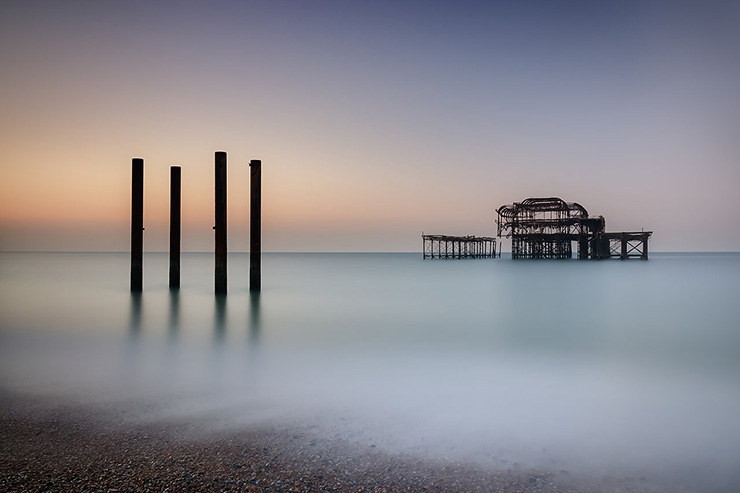
What makes a good photo for Wiki Loves Monuments?
A clean photo: one where you’re really focusing on what you want to show. It can take a long time, because you want to be there at dawn or soon after to get the good light, when there are not too many people.
It can be of any type of listed structure or scheduled structure – the front of it, the back of it, it can be the building in its environment. Interior shots and architectural details. You might be looking at really interesting things that nobody else has yet recorded.
How to get involved
The competition opens again in September – but start taking photos now! All information is on the Wiki Loves Monuments website.
Digital Skills for Heritage
The National Lottery Heritage Fund has launched a new Digital Skills for Heritage initiative, which aims to drive up digital capabilities across the heritage sector. Funding, training and support is available to heritage organisations and sector leaders.
